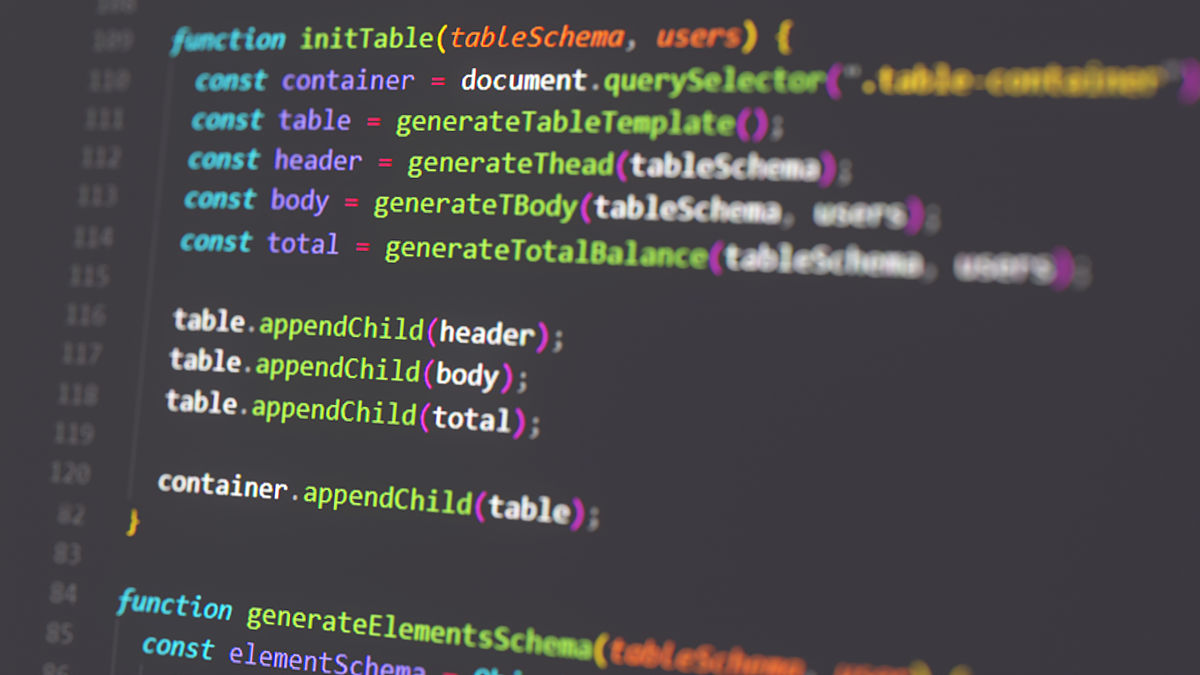Flutter 调用 Kotlin 原生代码:实现桌面快捷方式和设备检查
Flutter可以通过MethodChannel来调用用Kotlin编写的原生代码。首先,在Kotlin代码中定义一个方法,然后在Flutter中创建一个MethodChannel并调用该方法。
例如,假设我们有一个Kotlin类名为ShortcutUtils,其中包含一个方法createShortcut()用于创建桌面快捷方式。在Flutter中,我们可以这样调用它:
static const platform = const MethodChannel('com.example.shortcuts/shortcut');
Future<void> createShortcut() async {
try {
await platform.invokeMethod('createShortcut');
} on PlatformException catch (e) {
print('Failed to create shortcut: '$e.message'.');
}
}
在这里,我们首先创建一个MethodChannel实例,然后使用invokeMethod()方法调用createShortcut()方法。如果方法调用失败,则会抛出PlatformException异常。
至于如何调用原生检查,可以采用类似的方式,定义一个检查方法,然后在Flutter中调用。只需要在Kotlin代码中定义一个返回值类型为Boolean的方法,然后在Flutter中使用invokeMethod()调用该方法。
class CheckUtils {
companion object {
fun isDeviceRooted(): Boolean {
// 检查设备是否rooted
...
return true or false
}
}
}
在Flutter中调用:
Future<bool> isRooted() async {
try {
bool rooted = await platform.invokeMethod('isDeviceRooted');
return rooted;
} on PlatformException catch (e) {
print('Failed to check rooted: '$e.message'.');
return false;
}
}
在这里,我们定义了一个isRooted()方法,该方法调用Kotlin中的isDeviceRooted()方法,并返回一个布尔值,表示设备是否rooted。同样,如果方法调用失败,则会抛出PlatformException异常。
需要注意的是,调用原生代码需要在Flutter和原生代码之间建立通信通道,这需要一些配置和设置。具体可以参考Flutter官方文档。

原文地址: https://www.cveoy.top/t/topic/nQOy 著作权归作者所有。请勿转载和采集!